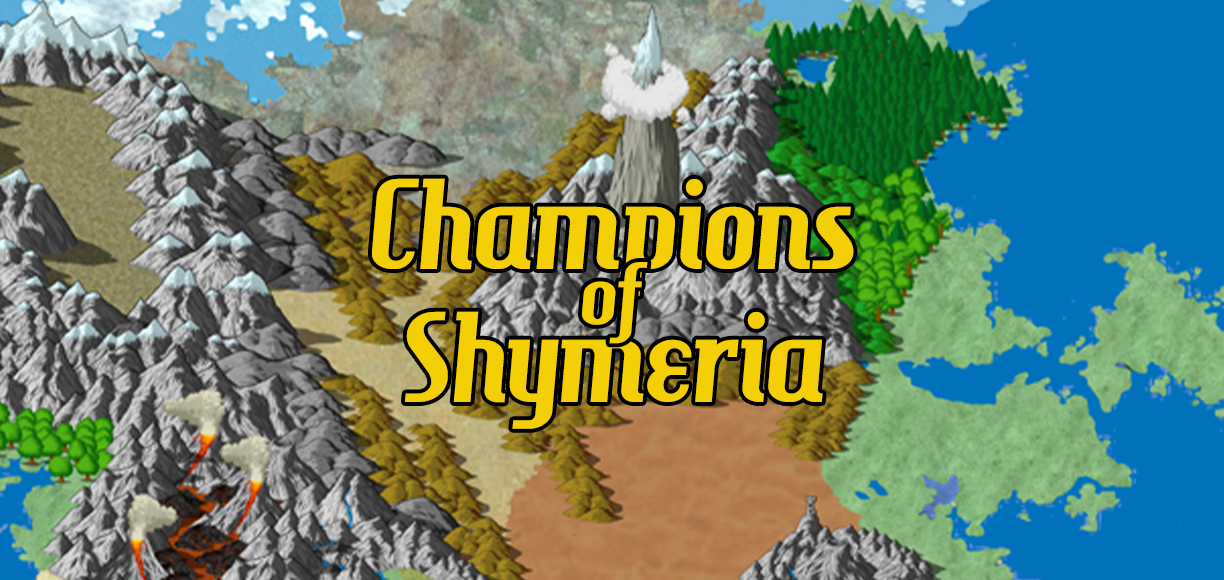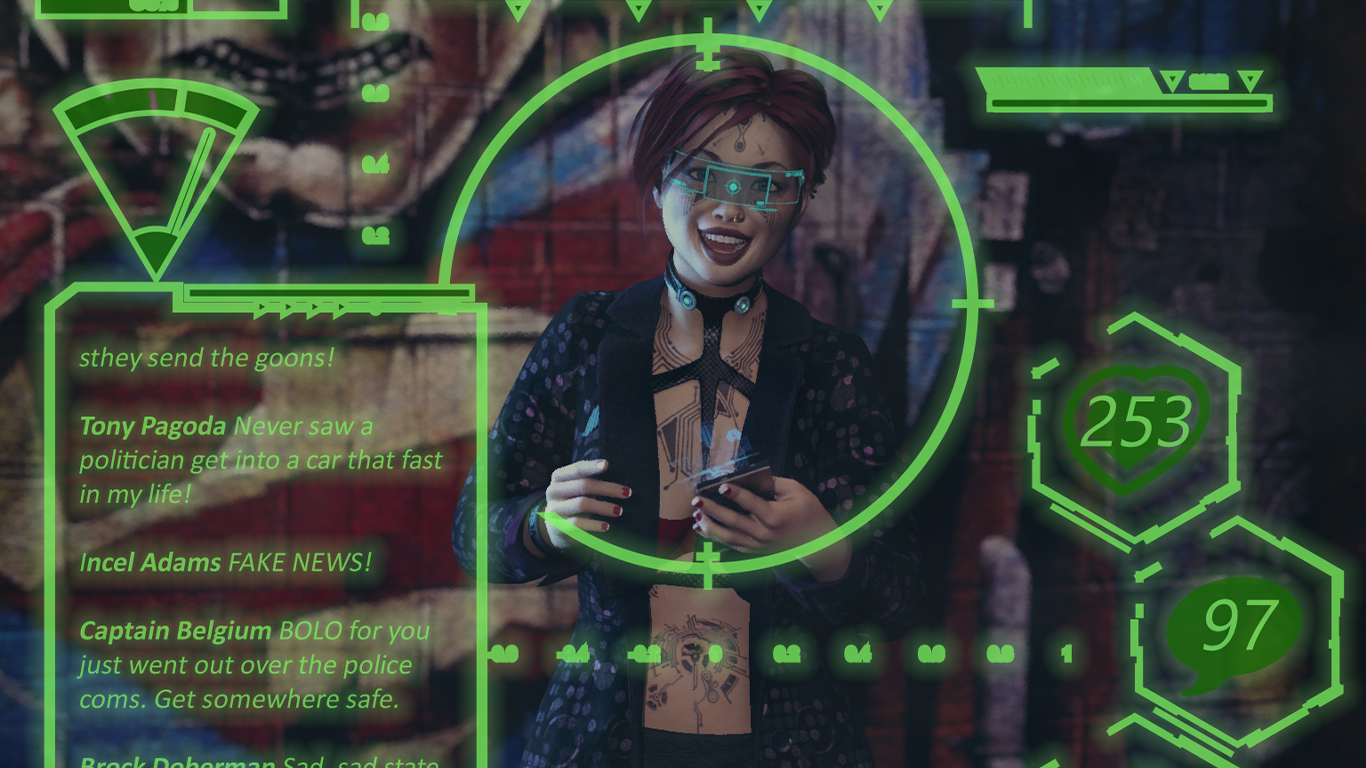We may earn money or products from the companies mentioned in this post.
A long damn time ago, I defined the word “ficton” (it’s a contractual obligation) and told you that you could break a ficton down into 5 main components: Influences, Setting, Genre Trappings, Tone and Mood, and Dramatic Rules. Now that I’ve talked about all the rest (and procrastinated a lot), let’s talk about dramatic rules. Since I’ve been sneaking the relevant text from the Cinemechanix rulebook into the first paragraph or two of these posts so far, I’ll continue the trend here even though we’ve already covered some of this in previous posts.
Dramatic rules describe how the ficton works, and are often based on storytelling conventions and cliches, usually defined by the game’s genre and setting. Some of these, like the scene where the loose cannon cop is forced to turn in his badge and gun by the screaming superior officer, are tired cliches best avoided unless you’re running a campy game. Others, like horror movie characters routinely making terrible decisions, are vital to making the story work. Still others, like the custom of super-heroes introducing themselves to one another for the first time through combat, are just fun. When designing the game, the most important dramatic rules to consider are those that relate to the protagonists and their actions. A story that requires protagonists who act selflessly to advance a greater cause (even if they do so grudgingly) isn’t going to work if all the characters are nihilistic sociopaths.
The first step in defining the dramatic rules of your game is deciding what you’re trying to do with the game. Are you trying to faithfully reproduce a particular genre of fiction or a specific setting? Chances are a lot of the work has already been done for you on fan sites or general pop culture sites like TV Tropes. If you’re running a game that explores a known setting or genre from a new perspective (a fantasy game where the players are monsters or a Star Wars game about space merchants trying to make a living while intergalactic civil war rages around them), you’ll need to start with the source material, decide which tropes still apply and how they translate to the new milieu, and figure out whether there are any new dramatic rules required to make sure the game you’re running still feels like it belongs to the genre or setting you’re starting from. Even the monasteries in a noir setting are full of treachery and moral ambiguity, and a Firefly game where the PCs are Alliance soldiers runs so counter to the spirit of the source material that you might be better of with a generic space marine game. Mash-ups require a similar approach, with the added challenge of reconciling the differences between the different settings/genres that you’re squishing together.
Whether you want to admit it or not, “original” games are really just mash-ups with smaller chunks of more (and usually more diverse) things–the influences we talked about way back at the beginning of our ficton discussion–thrown into the mixing bowl. The Dramatic Rules for most original games often start with the dramatic rules of the genre (or genres, if you’re working on your space ninjas game) as sort of the broth. Then you add in all your favorite ingredients from different influences, and pretty soon you got yourself a stew going. Carl Weathers will back me up on this.
Since Guardians of Shymeria has two very strong influences (He-Man and Wizards), it’s basically a mash-up, so a big part of working out the dramatic rules is figuring out how to make the two subgenres of 80s animation (Saturday Morning Cartoons and generally grimmer animated movies) fit together in a way that makes sense. I am adding some ideas from other fantasy influences, but many of them fit naturally into the core concept without a lot of brainwork. Below are the list of dramatic rules I’ve come up with (so far) for Guardians of Shymeria.
- Think Epic.
- Don’t overthink it. This is a cartoon, so coolness is much more important than logic. If your character has a ray gun and a lion’s head, he’s got a ray gun and a lion’s head. You don’t necessarily have to explain why.
- All heroes (and most important villains) have some gimmicky quality about them: weird mutations, mechanical parts, flashy powers, cool toys or pets, etc. The more these gimmicks seem like something the writers included to make kids want the action figure, the better.
- Dumb names are encouraged, especially if they tie into the character’s Gimmick. If your character has a giant drill bit in place of his left arm, his name better be Drill-O.
- Shymeria is a world of Good and Evil and the heroes are unambiguously on the side of Good. That doesn’t necessarily mean they’re paragons of virtue who always do the right thing. Heroes can be flawed and complicated and make bad decisions, but ultimately they must be decent people.
- While the countries of the Shymerian League seem somewhat Utopian, they’re not perfect. Even these shiny happy Saturday Morning Cartoon kingdoms have their share of bad people, injustice, and suffering. The main difference between Shymeria and the real world is that the people at the highest levels of power actually want to do what’s best for their subjects. That means oppression or suffering can often be ended by pointing it out to the right people (and maybe helping them come up with a workable solution).
- If you’re looking for something (even if it’s just “adventure”), the Scarred Lands usually the best place to start.
- Most of the bad guys that the PCs regularly encounter in the Scarred Lands have the same kinds of gimmicks and dumb names as the PCs. They spend most of their time coming up with elaborate schemes to gain power that are inevitably foiled by the Guardians. They rarely stay foiled for long, in part due to Shymeria’s lack of a death penalty and poorly-run prison system.
- Given their typical enemies, the thing that makes Bloodgrave the Demon King so terrifying to the Guardians is that he acts with genuine malice and has the patience to craft a long-term plan instead of a short-sighted scheme.
- Shymerians don’t make much of a distinction between magic and technology, so the main difference between them is often more about audience perception than their role or treatment within the story.
- Technological gadgets are always appropriately sci-fi pulpy. Your character can’t have a Buick, but he might have a land speeder.
- When it comes to spellcasting, magic is functional, somewhat commonplace, and flash-bangy as hell. Other, subtler forms of magic almost certainly exist in the ficton, but when a typical Shymerian thinks “wizard,” he imagines someone who can throw glowing balls of mystical energy at his enemies.
- In addition to mutants, wizards, travellers from other worlds, people with weird prosthetics, and all the rest, Shymeria includes non-human races. Most non-human populations are either somewhat integrated with humanity or they exist in small and isolated tribes. They don’t exist in large enough numbers to form nations or play a major role in world politics. “Traditional” fantasy races like elves, dwarves, and orcs don’t exist in the world of Shymeria.
- Monsters exist, and tend to be mysterious and weird and otherworldly. They should have a flavor more akin to the monsters in pulp fantasy and mythology than those in a typical fantasy RPG world. Memorizing the Monster Manual won’t help you here.
- Demonlings are one notable exception to the above rule, and serve as the cannon fodder for Shymerian bad guys. Like most minions, demonlings can be fierce when encountered in large groups, but individually they’re stupid and cowardly.
- There are gods in Shymeria, and some of them even have worshippers, but religion isn’t a factor in most people’s lives and churches don’t play a major role in Shymerian society. While there are strong societal concepts of right and wrong, their basis is more philosophical than religious in nature. It’s more Jedi and Sith than believers and heretics.






